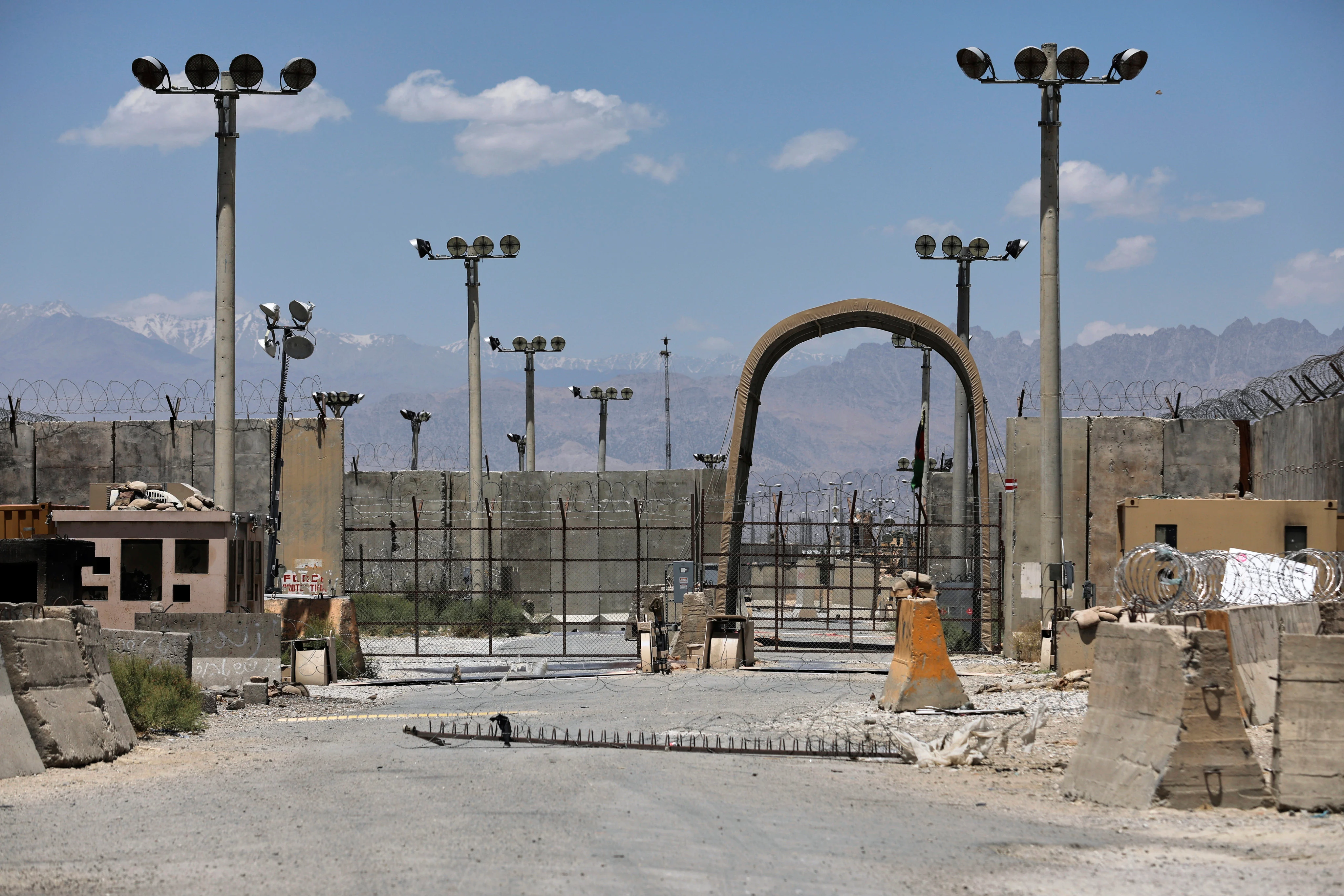By Stabroek News,Wallace E. Oates
Copyright stabroeknews

Dear Editor,
I wish to add a rejoinder to the letter by Dr. Thomas B. Singh in SN 2025-10-02, ‘Fiscal expansion has pushed demand for US dollars far beyond what G$210 can bear’. A truly flexible exchange rate policy for Guyana as recommended by Dr. Singh would be appropriate if Guyana did not have an export oil ‘enclave’ grafted on to its non-oil economy. The added oil enclave has also added direct and indirect spillover costs that must be covered through taxation revenues.
Guyana’s economy, real production, income generation, and its income distribution must be balanced in order to be sustainable. Extra revenue is needed to cover all of the direct and spillover costs, such as extra labour in health, education, transportation and its related congestion, extra infrastructure costs, etc.
These added budgetary costs require taxes to ensure economic sustainability. External borrowing is a way out of the taxation gap. External borrowing was also proven to be unsustainable in the early nineties. Guyana was a HIPC (Heavily Indebted Poor Country) country. Western countries’ debt forgiveness programmes helped to give Guyana a clean slate. Guyana must improve itself without ‘cap in hand’ external borrowing:
‘It is estimated the three partners of the Stabroek Block Consortium did not pay US$5.2 billion in taxes. Guyana is plagued by blackouts, which is ironic given that we are pumping today 900,000 barrels of oil a day’.
The 2016 Petroleum Sharing Agree-ment waives profits taxation on the oil companies; a caricature contract in which Guyana must pay the oil companies’ profits tax from its own oil share, 12.5% on behalf of the oil companies. Oil companies submit their income and expenses data to the Minister of Energy, who presents the information to the Guyana Revenue Authority, GRA, and obtain tax certificates/ receipts, as if the profits tax were paid to the GRA.
William G. Demas had warned about profitable ‘enclaves’ operating in Trinidad and Tobago’s oil economy. In Trinidad and Tobago, T&T, the oil and gas sector was the classic example of an enclave eco-nomy in Demas’ analysis. Foreign companies controlled production, technology, and marketing, while the bulk of profits were repatriated abroad. It was estimated that T&T received 27½% of gross revenue from oil; no auditing required.
The lack of taxation revenue to cover the direct and spill over costs or externalities has been addressed by Wallace E. Oates from the University of Maryland. He makes a case for government to collect sufficient taxes to balance its regular spending plus cope with all the extra costs, ‘externalities’. In Guyana’s case this takes the form of adding a giant oil sector to its economy. That generates indirect spillover costs, without paying profits tax to the treasury.
External, enclave driven costs, direct and indirect are to be covered through taxation revenues, not external borrowing. Indeed, if not, there is a pathway to unsustainability.
Sincerely,
Ganga Persad Ramdas, PhD



